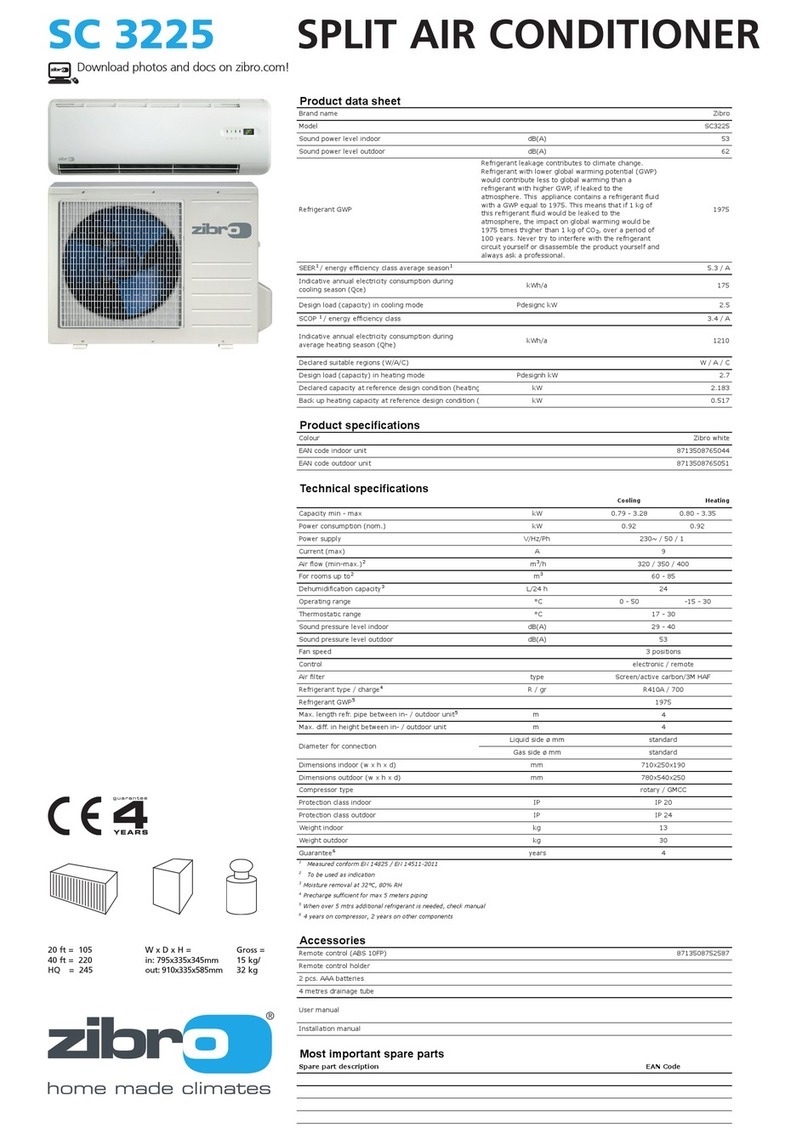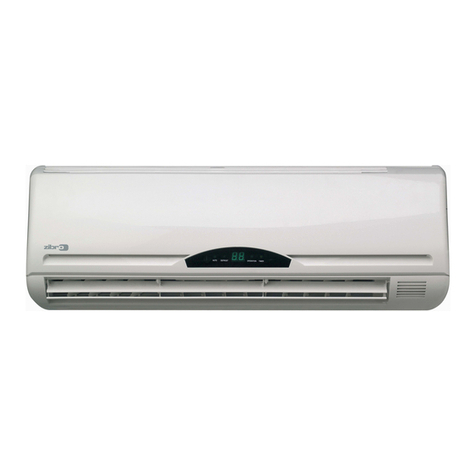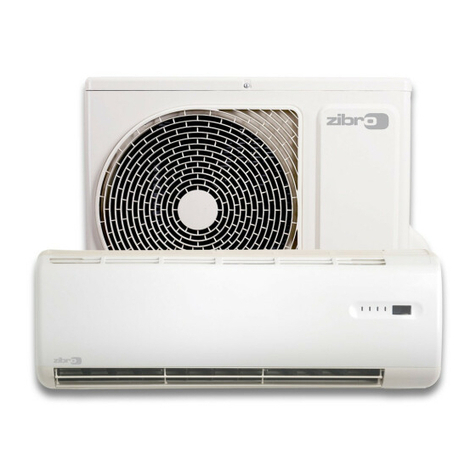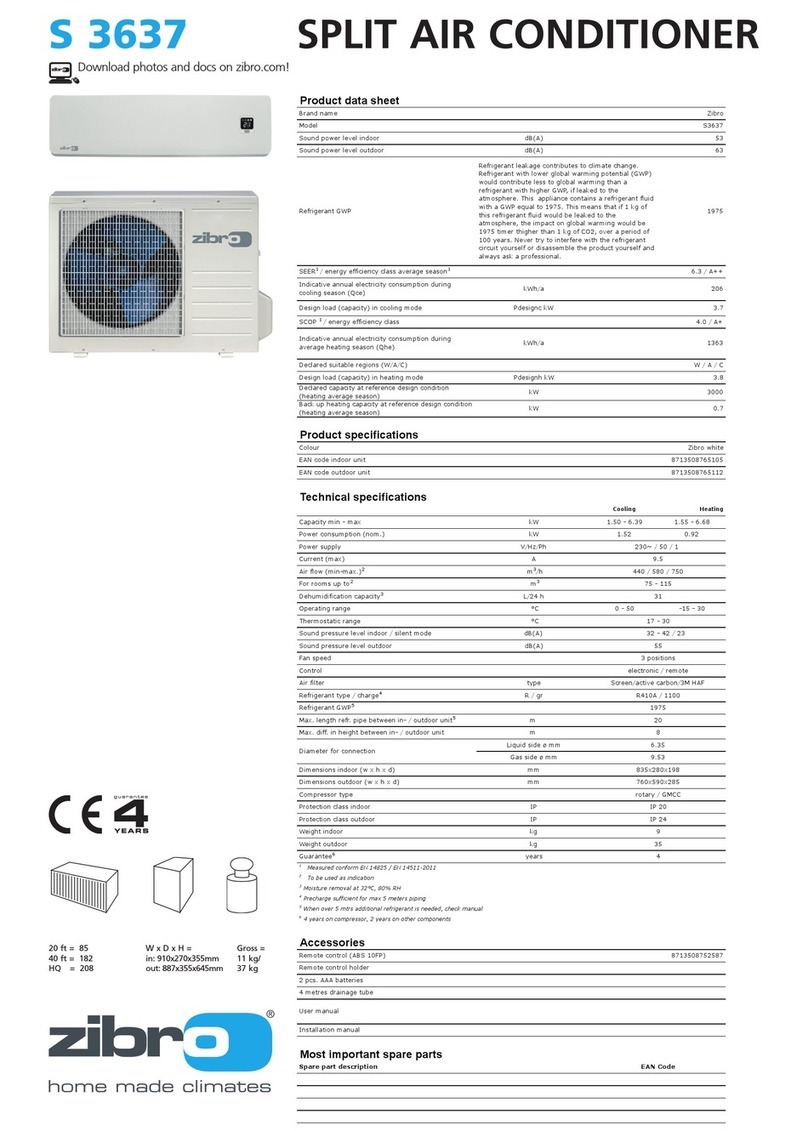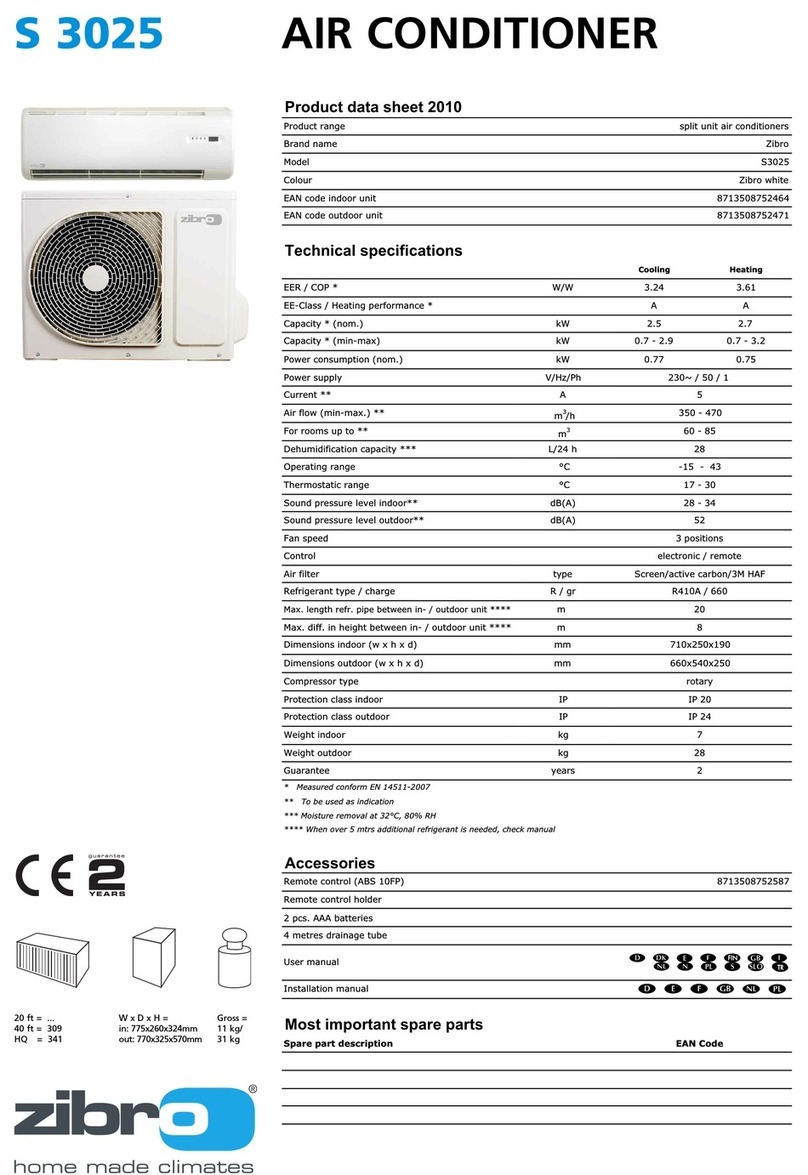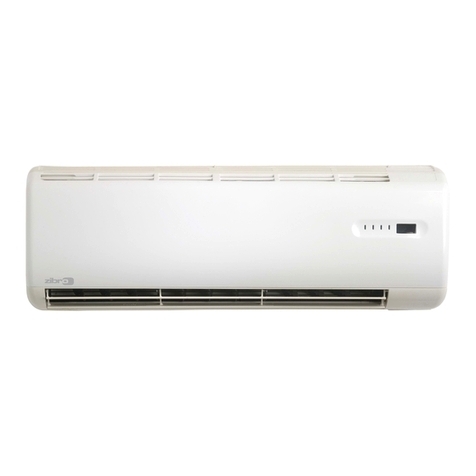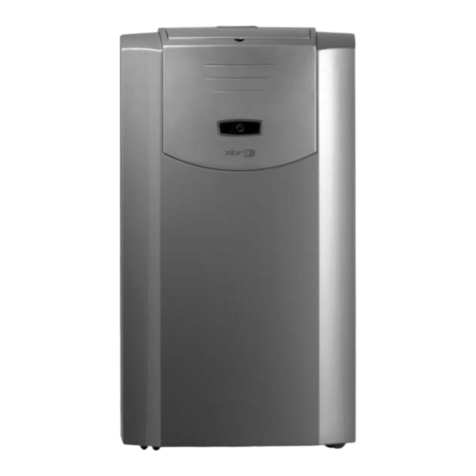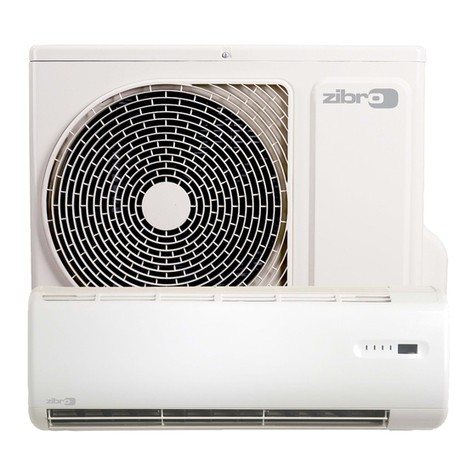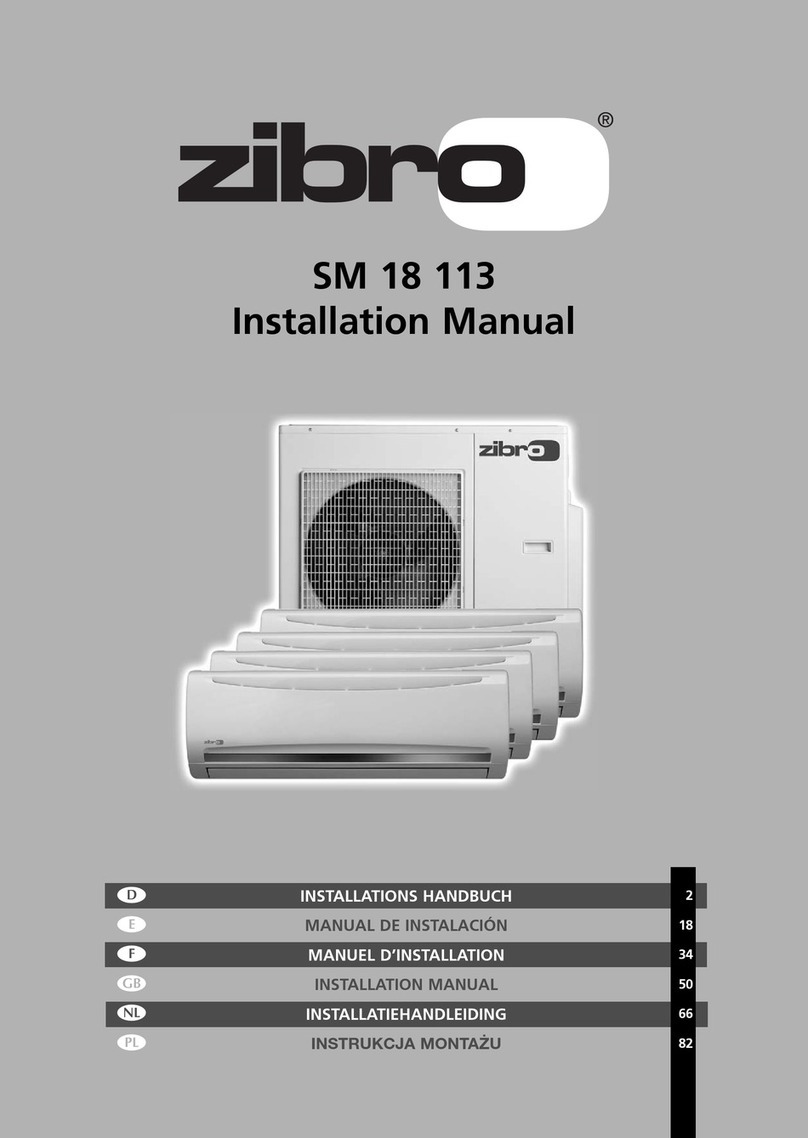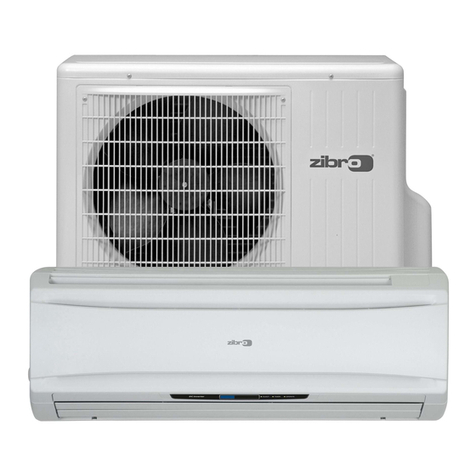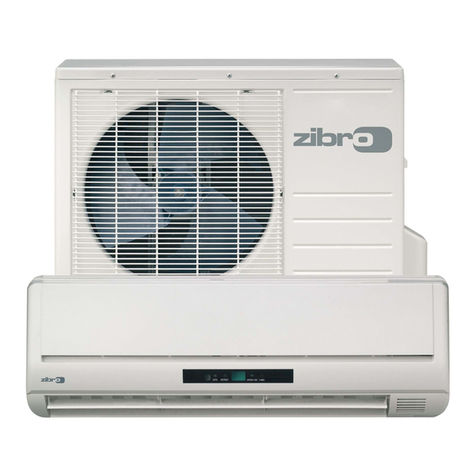Zibro S1735 User manual
Other Zibro Air Conditioner manuals
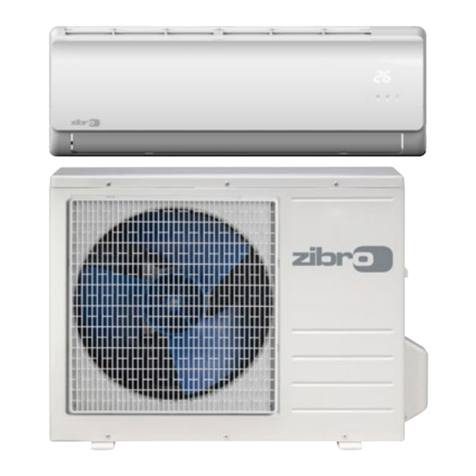
Zibro
Zibro S 3348 User manual

Zibro
Zibro S 3025 User manual
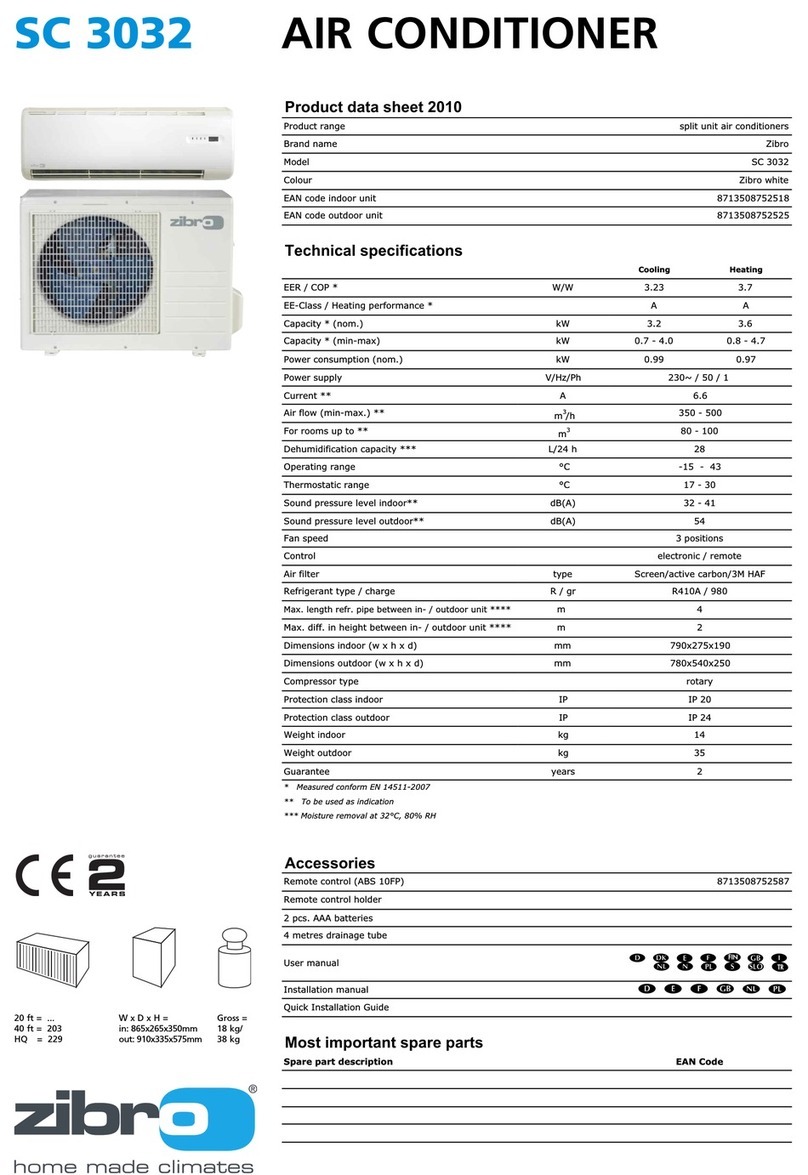
Zibro
Zibro SC 3032 User manual

Zibro
Zibro S 3231 User manual
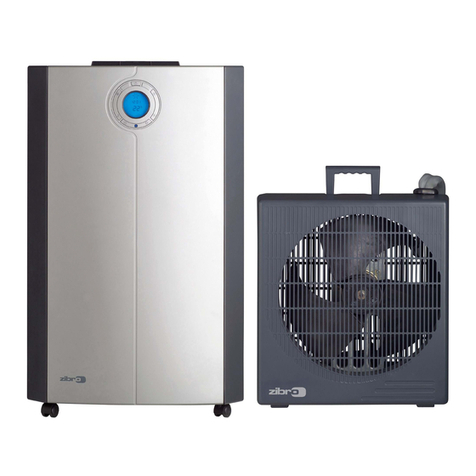
Zibro
Zibro PX 643 User manual
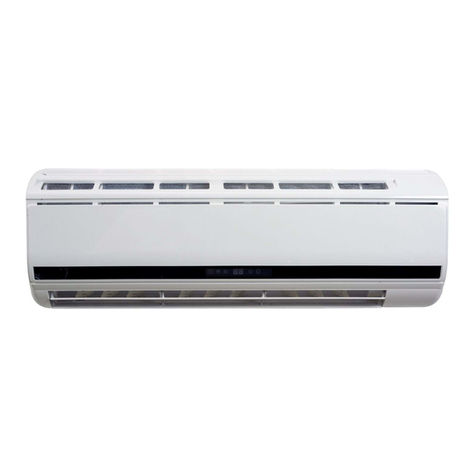
Zibro
Zibro SC 1832 User manual
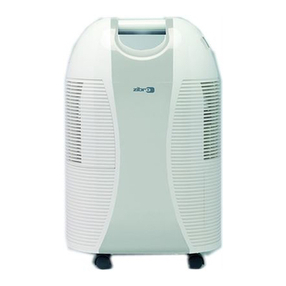
Zibro
Zibro D 2010 User manual
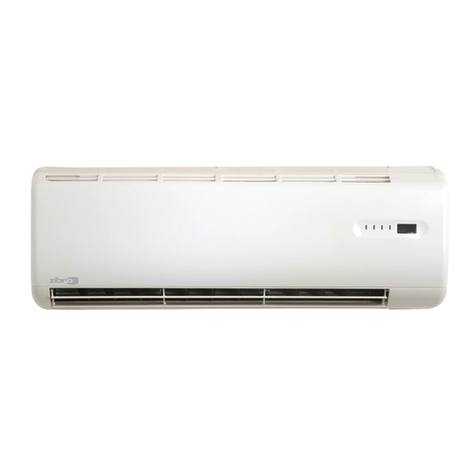
Zibro
Zibro S13 series User manual
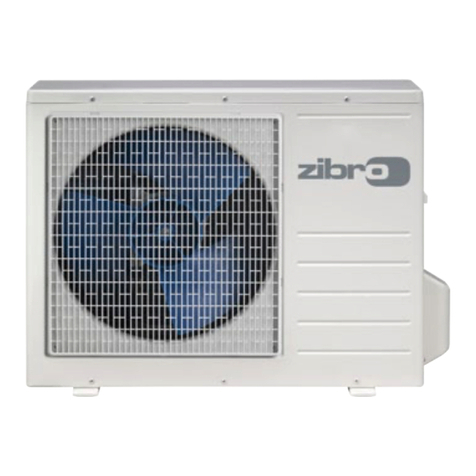
Zibro
Zibro S 3628 Operational manual
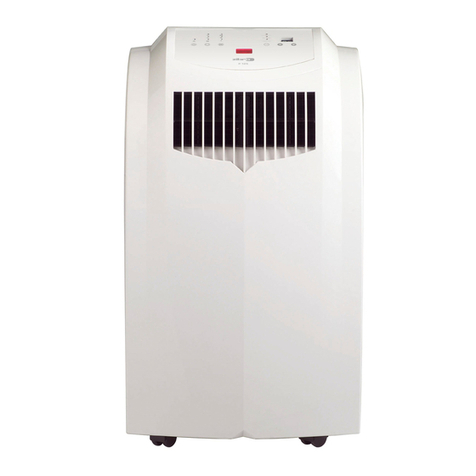
Zibro
Zibro P 125 User manual
Popular Air Conditioner manuals by other brands

Fujitsu
Fujitsu ASYG 09 LLCA installation manual

York
York HVHC 07-12DS Installation & owner's manual

Carrier
Carrier Fan Coil 42B Installation, operation and maintenance manual

intensity
intensity IDUFCI60KC-3 installation manual

Frigidaire
Frigidaire FAC064K7A2 Factory parts catalog

Sanyo
Sanyo KS2432 instruction manual

Mitsubishi Electric
Mitsubishi Electric PUHZ-RP50VHA4 Service manual

Panasonic
Panasonic CS-S18HKQ Service manual

Panasonic
Panasonic CS-E15NKE3 operating instructions

Gree
Gree GWH18TC-K3DNA1B/I Service manual

Friedrich
Friedrich ZoneAire Compact P08SA owner's manual

Daikin
Daikin R32 Split Series installation manual
